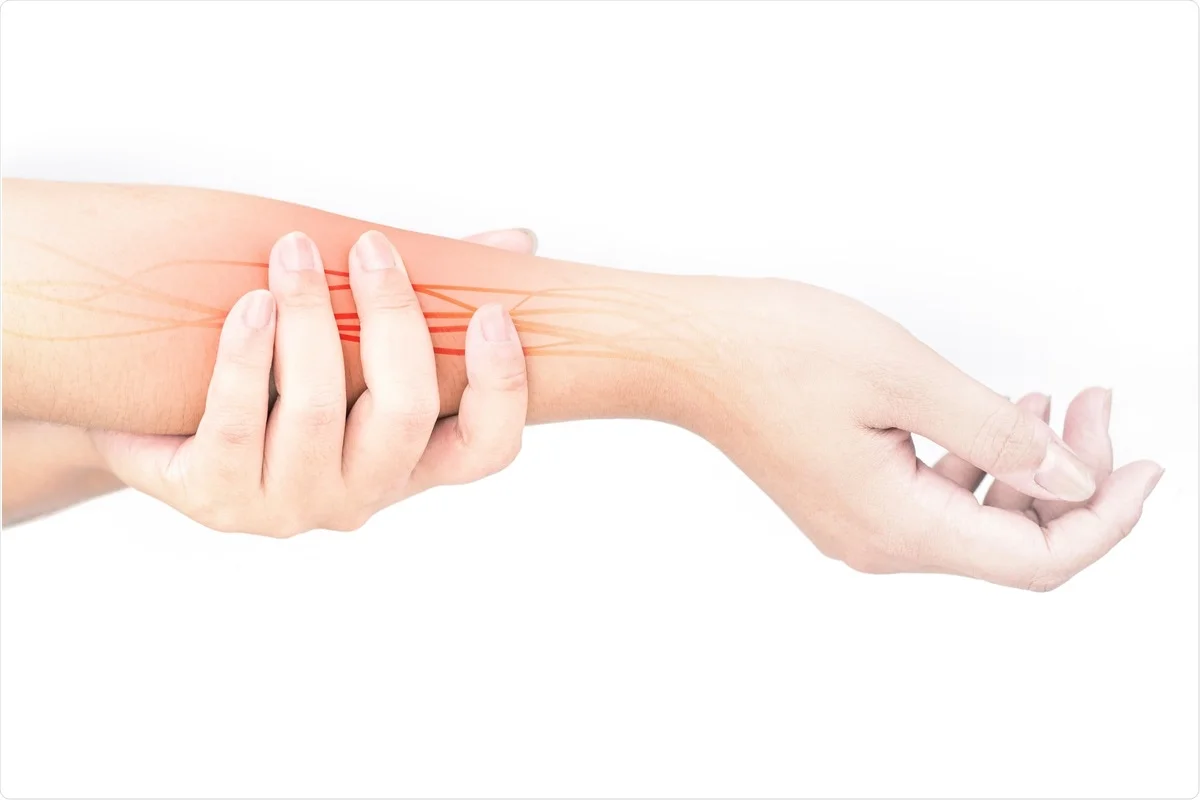At Dr. Tayyab saleem malik clinic (Cosmetic Enclave)
Nerve injuries occur when there is damage or trauma to the nerves, which are responsible for transmitting signals between the brain, spinal cord, and the rest of the body. These injuries can result from various causes, including accidents, trauma, surgery, infections, or medical conditions.
Nerve injuries are classified based on the extent and severity of damage. Here are three common types:
- Neurapraxia: Neurapraxia is the mildest form of nerve injury, characterized by a temporary interruption in nerve function without any structural damage. It often occurs due to compression or stretching of the nerve, leading to temporary loss of sensation or muscle weakness. Neurapraxic injuries typically resolve on their own within a few weeks or months.
- Axonotmesis: Axonotmesis refers to a partial disruption or damage to the nerve fibers. The nerve structure remains intact, but there is damage to the axons, which are the long fibers responsible for transmitting signals. Axonotmesis can result in sensory loss, muscle weakness, and abnormal nerve function. Recovery may occur spontaneously, but it can take several months or longer.
- Neurotmesis: Neurotmesis is the most severe form of nerve injury, involving complete severance or loss of continuity of the nerve. This type of injury typically requires surgical intervention for nerve repair or grafting. The extent of recovery depends on factors such as the location of the injury, the time between injury and treatment, and individual factors.
The symptoms of nerve injuries can vary depending on the location and type of injury. Common signs and symptoms include pain, numbness or tingling, muscle weakness, loss of coordination or dexterity, altered sensation, or paralysis.
Treatment options for nerve injuries depend on the severity and location of the injury. Here are some approaches:
- Observation and conservative management: In cases of mild nerve injuries, observation and conservative management may be sufficient. This can involve rest, immobilization, physical therapy, pain management, and monitoring for spontaneous recovery.
- Nerve repair: If the nerve is severed or there is significant damage, surgical intervention may be necessary. Nerve repair techniques may involve suturing the nerve ends together or using nerve grafts or conduits to bridge the gap between the damaged ends.
- Nerve transfer: In cases where nerve repair is not feasible or effective, nerve transfer procedures may be considered. This involves transferring a functional nerve from one area of the body to the injured area to restore function.
- Nerve regeneration techniques: Researchers are actively exploring various techniques, such as nerve growth factors, stem cell therapy, or electrical stimulation, to promote nerve regeneration and recovery.
Recovery from nerve injuries can be a slow and complex process. It often requires a multidisciplinary approach involving specialists such as neurologists, neurosurgeons, orthopedic surgeons, and physical or occupational therapists. Rehabilitation, including exercises, sensory re-education, and functional training, may be essential to restore nerve function and improve quality of life.
If you suspect a nerve injury or experience symptoms suggestive of nerve damage, it is important to seek medical attention from a healthcare professional, preferably one specializing in neurology or peripheral nerve injuries. They can conduct a thorough evaluation, order diagnostic tests, and develop an appropriate treatment plan tailored to your specific condition. Early intervention and management can improve outcomes and optimize recovery from nerve injuries.

